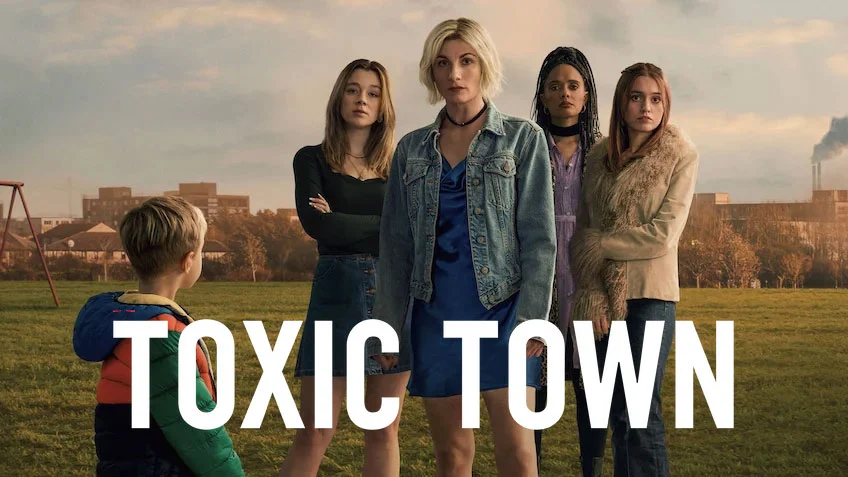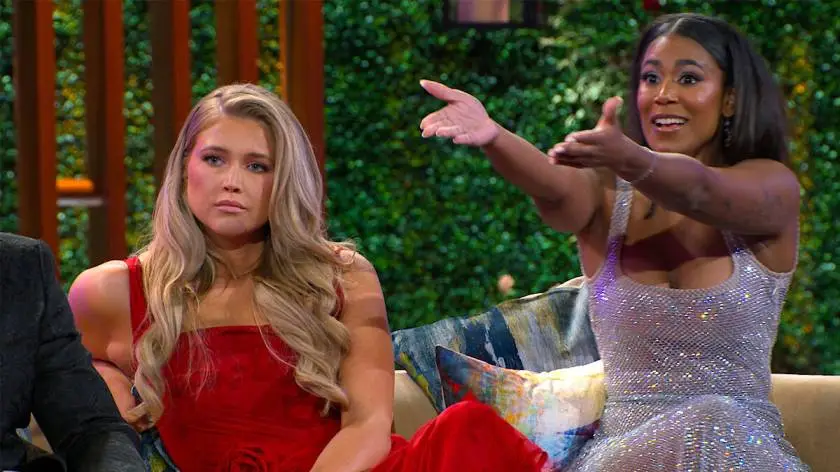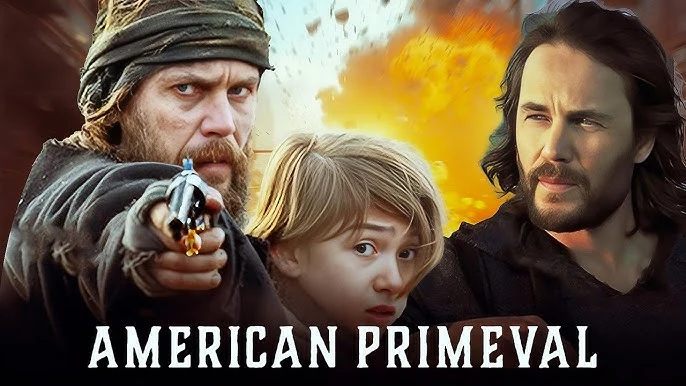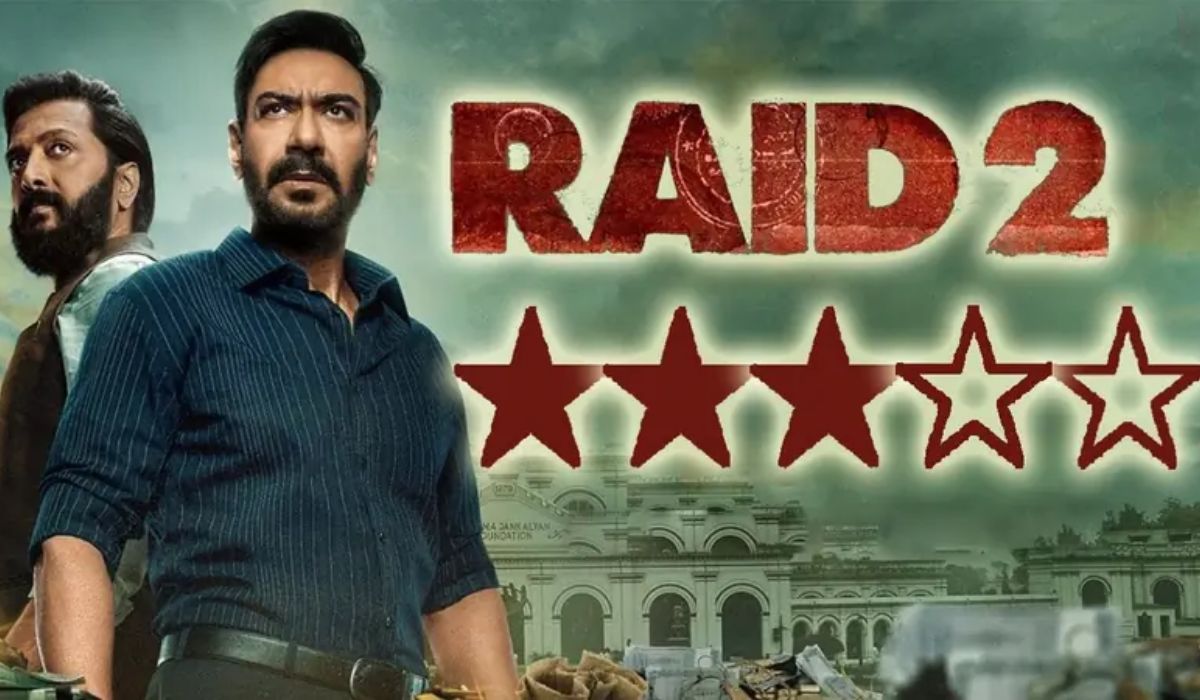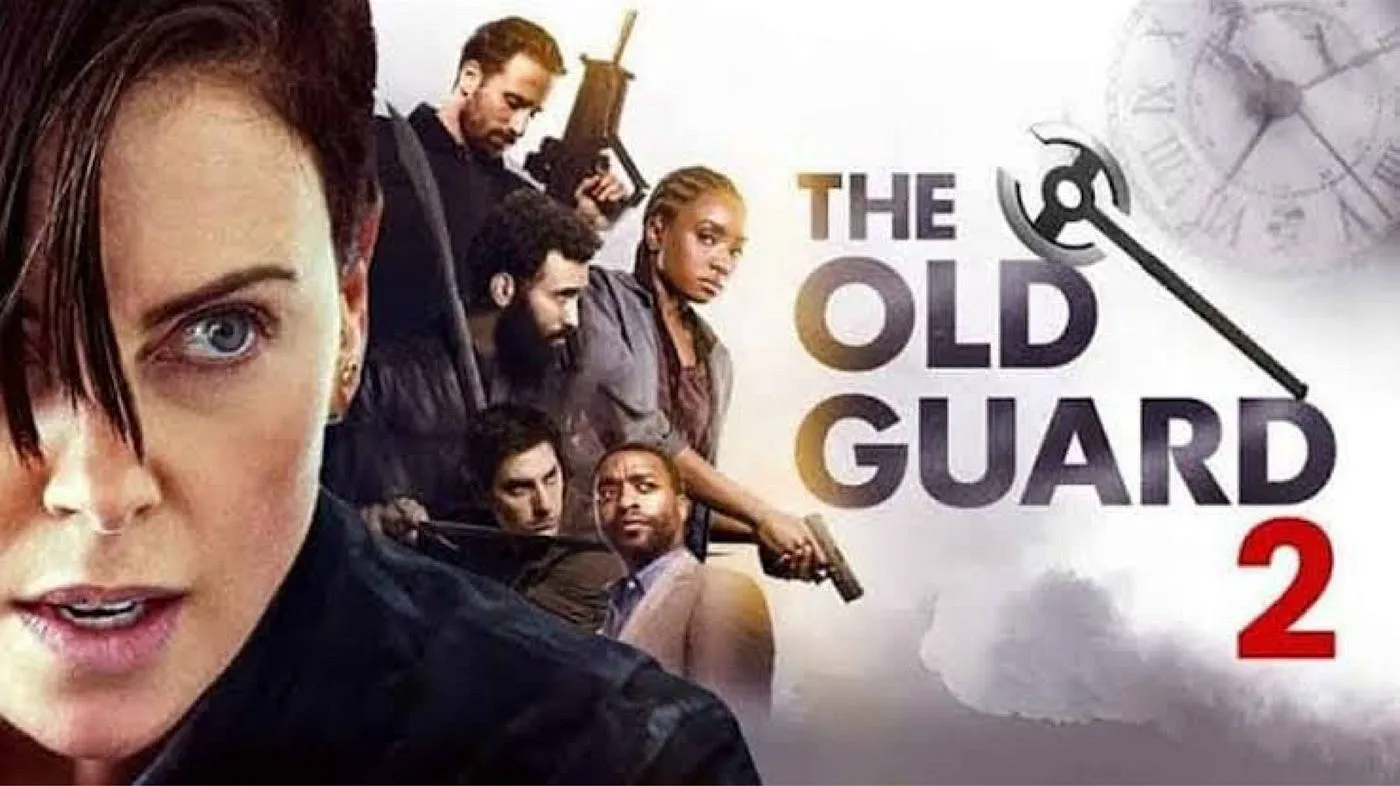Virtual Production — A Validation Framework For Unreal Engine
By Adam Davis, Jimmy Fusil, Bhanu Srikanth and Girish Balakrishnan
Game Engines in Virtual Production
The use of Virtual Production and real time technologies has markedly velocious in the past few years. At Netflix, we are unchangingly thrilled to see technology enable new ways of telling stories, and the use of these techniques on some of our shows like 1899 and Super Giant Robot Brothers has given us a front row seat to this heady incubation in filmmaking. Each production that deploys these methods is an opportunity for the crew, tech manufacturers and us–the Netflix Production Innovation team–to learn, innovate and interreact towards a worldwide goal: universally wieldy workflows that will enable creative opportunities and technical success for all filmmakers regardless of the size, location or telescopic of their project.
Game engines have been a major part of driving the democratization of wide virtual production techniques such as pre-visualization and in-camera visual effects. While these platforms were initially ripened to build games, their unshut and versatile diamond and minutiae environment offer other capabilities. In the hands of mucosa and TV artists and technicians–combined with techniques and technologies such as LED Panels and tracking systems–they’ve wilt powerful megacosm tools for filmmakers.
The incredible depth and flexibility of game engines moreover ways there are infinite permutations and combinations of configurations and settings misogynist to the operator. But not getting the configuration right can have a significant impact on the results. Could we harness the benefits of this depth and flexibility while moreover supporting the predictability and repeatability expected from upper pressure shooting environments? Or put increasingly simply: could we offer productions a shortcut to achieving the right configuration for their scenario every time?
The Netflix Production Innovation Team is unchangingly asking itself versions of this question: “How do we ensure a upper level of creative opportunity and flexibility, while achieving technical consistency and quality? How do we reduce the potential for accidents and errors, while making sure artists and technicians still have the organ to stay true to their vision and their practice?” One past tideway to enabling excellence while mitigating risk has been creating knowledge resources for our productions and partners, while moreover working with the industry to develop standards and weightier practices. But in this instance, the unshut minutiae framework of the game engine itself, as well as its inside place in Virtual Production workflows, offered flipside compelling solution.
The Validation Framework as Helper, Teacher and Enabler
Many large scale operations use quality tenancy methods and validation frameworks to ensure successful outcomes. Validation frameworks can act as a flexible and unobtrusive assistant, while offering a safety net for the operator. We’ve had success with this type of validation in the past with Photon, which make-believe as a library, reference implementation and validation tool for IMF packages, the wordage format for all of our Netflix original programming.
An spanking-new validation framework is designed with the pursuit characteristics:
- It is informative and instructive, providing useful information as to why an issue has arisen, what problems will be caused if not resolved, and what can be washed-up to resolve it.
- It acts as dynamic documentation, a checklist, and a co-pilot to indulge the operator to focus on the creative aspects.
- It promotes standards and consistency wideness individuals and teams, regardless of how bespoke the workflow is, and allows them to operate withal a worldwide and well-set set of expectations and checks.
- It enhances efficiency in ramified interconnected workflows by looking wideness multiple components, roles and responsibilities and reporting on the system as a whole.
With such a validation framework in place, we can avoid:
- Locking users overdue layers of confining procedures and tooling, which can limit the incubation of new ways of working by constraining the options misogynist to the operator and creator to transmute to new scenarios, as well as preventing them from learning what’s really going on under the hood.
- Creating piles of documentation, sticky notes, runbooks… While all of that material is often useful as learning aids or during prep, it’s rarely practical to be flicking through pages of documentation to solve a problem during production.
Furthermore, by incorporating the validation framework within the game engine itself, we could ensure that everything is set up for success, maintaining flexibility while minimizing the risk of error. Considering when the camera rolls, creators don’t want to seem everything is ok; they need to know that all the possible steps were taken to prevent errors.
Netflix’s Unreal Engine Validation Framework

Functionality
Our Validation Framework, which we have ripened as a plugin to Unreal Engine, is extensible and customizable. It hosts and manages streamlined validation checks and fixes, which help identify and write technical problems within a given workflow.
The Validation Framework builds upon Unreal’s EditorUtility functionality and provides a simple base–the Validation Base–from which all other validations are built. The cadre moreover provides a registration to find all validations built atop this wiring within the Unreal project itself. This allows us to execute the validations from either blueprints or from C , serving a variety of users: from developers extending the execution into a CI/CD from the C side, to an versifier executing via a widget or the UI in the editor.
Regardless of how many validations there are or where in the project they live, they are unchangingly wieldy and can be run from either entry point thanks to the registration mechanics. This gives teams a lot of self-rule and flexibility as to how they proffer validations into their workflows. For example, a cadre library of validations can be shared wideness projects within a company, or wideness a production–including with other vendors. Or project-specific validations can be deployed, encapsulated within an Unreal project until it is delivered.
While we aim to alimony as much exposed in blueprints as possible, having a thin underlying C layer is a user-friendly way to grant the framework wangle to some of the objects, settings and parameters which are inaccessible via blueprinting alone.
All of the Validations provide two simple hooks: the Validation itself, which checks something, and a Fix, which can wield a correction. What the validation framework checks for, and what and how failures are stock-still is entirely up to the artists and developers!
Validations can be grouped to a defended Scope, specifically either Level or Project. This enables a hierarchy in the work of validations, as some will be unromantic on Project settings and configurations, while others will be inspecting the content of the Levels.
A second layer of organizational tagging can then be unromantic to create Workflows. While the validations can only wield to a single Telescopic (either Level or Project), they can vest to multiple workflows, each with its own set of validations. Several workflow “presets” are misogynist in the initial release, withal with the sufficiency for users to pinpoint their own workflows.
Users can moreover pinpoint new validations, but the tool requires that they provide a unravelment of what they are checking for, as well as a unravelment of what and how non-conformities (invalid settings or configurations) can be corrected. While we can’t police it, we encourage users to describe not only what the new validation checks, but moreover why, as well as how lightweight to resolve non-conformities will impact the workflow results. This will help ensure that the validation framework is useful not only as a risk management tool but moreover as an educational resource.
The UI is built scrutinizingly entirely in blueprints, and utilizes a few helper tabulation nodes implemented in C . Again, this allows users to use what’s there, replace it with their own, or integrate it into their existing UIs.
Finally, the framework generates validation reports, in either JSON or CSV format. Each time it runs, it writes a validation report for the project/level that was just inspected. This allows users to share results with others, such as support teams, or create a record of configurations for reporting or tabulated purposes.
We focused our initial minutiae on a validation tool within Epic’s Unreal Engine considering of its rapid adoption wideness our global slate of movies and shows, and the vendors that support them. This plug-in tideway is moreover well aligned with Epic Games’ toolkit philosophy: stuff unshut to productions of all shapes, sizes and wits levels. Given this wide applicability, we saw a lot of goody in an easy-to-implement utility that addresses the most prevalent “gotchas” in Unreal project set-ups for Virtual Production projects.
In-Camera VFX Validations
The plugin ships with a set of validations for the most wontedly required checks and fixes for inspecting configurations aimed at executing ICVFX techniques. This set of validations is the result of a collaborative effort between the Netflix Production Innovation team and Epic Games; it is built from our joint knowledge and wits on ICVFX productions.
We initially focused only on LED In-Camera VFX (ICVFX) applications. The goal is to help production teams reservation and resolve worldwide issues which can rationalization unexpected render results, data outputs, and potential performance or resource typecasting challenges when working with Unreal Engine. Many of the issues this tool mitigates can sometimes be nonflexible to spot, particularly in the ramified and upper pressure environment of a virtual production set.
That said, the Validation Framework is not solely for use on-set; it can moreover be utilized during the prep and content build phases, ensuring issues are identified and handled early, surpassing moving remoter withal the production pipeline. The framework can moreover hands be extended by users to encompass bespoke workflows with custom validations and fixes, permitting teams to create and perform their own unique checks.
Current Usage and Next Steps
The Validation Framework is currently stuff used on a number of Netflix shows, and has once significantly reduced the value of time needed for system setup and troubleshooting. We have moreover received unconfined feedback from our crews, which has led us to add new checks and fixes. Some of our partners have plane begun adapting and extending this framework to largest suit their proprietary workflows.
In the future, we would like to see such frameworks wilt wontedly used in virtual production environments in two ways:
- Continued implementation and extension of this particular validation framework by Virtual Production crews and service providers;
- Adaptation of this streamlined validation tideway to squire with the unshortened stage environment, plane where Unreal is not part of the workflow: checking the settings on media servers, LED processors, workstations, tracking systems… all of which play a hair-trigger part in a Virtual Production system. In order for that to happen, we need to ensure that this wider ecosystem of devices can moreover be queried and monitored procedurally, which in turn will self-ruling crews to focus on the creative work, and not worry so much well-nigh the tech.
Availability
The validation framework can be found at: https://github.com/Netflix-Skunkworks/UnrealValidationFramework
The system can be integrated into pipelines and spare tooling virtually CI/CD to generate validation reports.
We squint forward to receiving your feedback and suggestions via the “Issues” tab on our git repo (above).
Virtual Production — A Validation Framework For Unreal Engine was originally published in Netflix TechBlog on Medium, where people are standing the conversation by highlighting and responding to this story.





